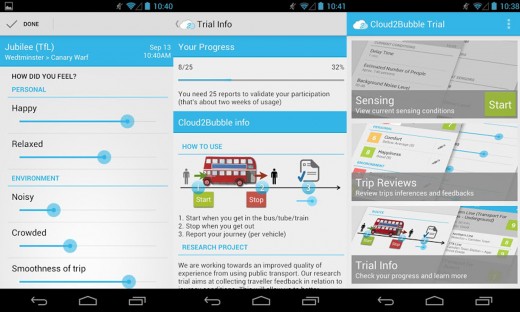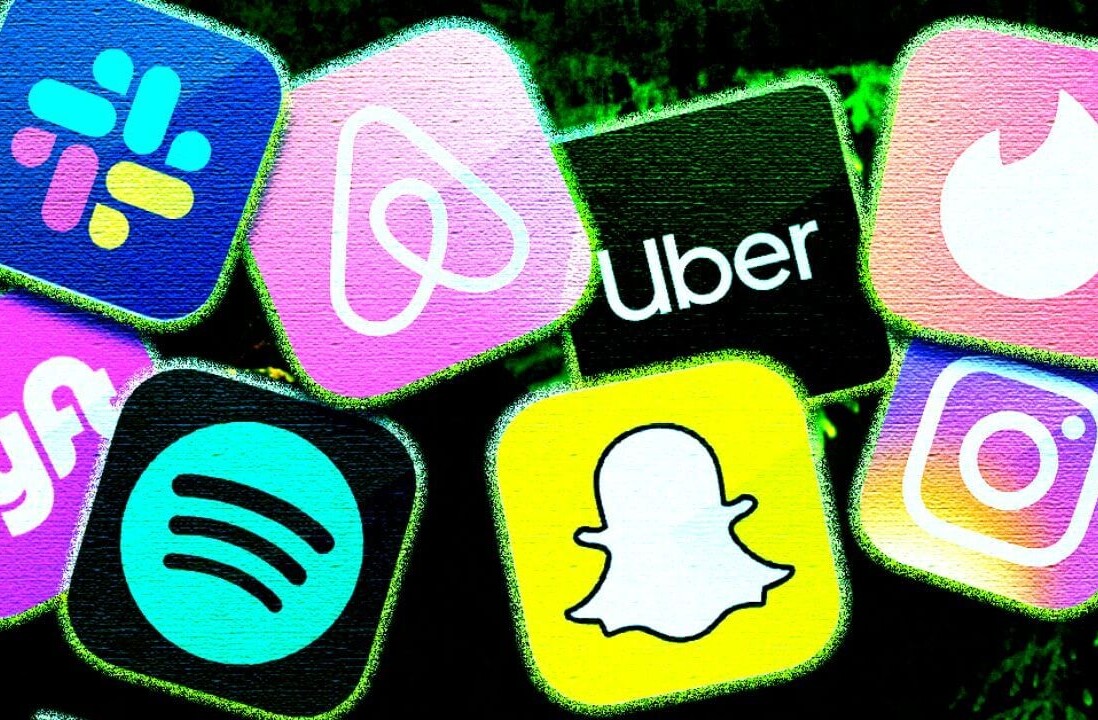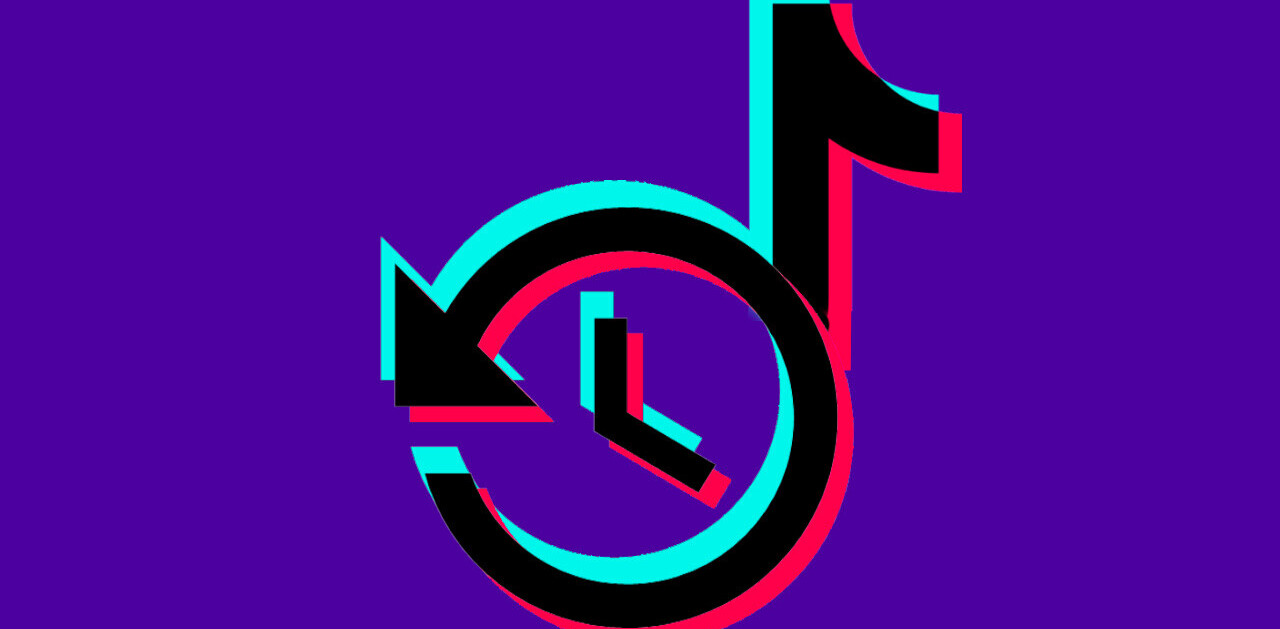
If you regularly travel on the London underground, you’ll no doubt have seen at least one person have a little freak out about crowding, timing or just getting to the end of their tether with the daily journey.
Keep calm and carry on though, Imperial College London is developing research towards improving that trip by using empathic smart phone apps.
Given so many public transport commuters already don the ‘subway defense kit’ which includes headphones, smartphones, portable gaming machines, books and pretty much anything that will provide a distraction and help us all avoid eye contact, working with smart phones is a clever way to engage the target audience.
The Cloud2Bubble project generates an emotional profile based on users’ interactions with their smartphones. Public transport services are then adapted to their needs and mood. It’s not dissimilar to the Tube Star app where users can find out how a journey looks according to human responses.
Through Cloud2Bubble, commuters could soon start receiving suggestions like: “Bakerloo line is too noisy now, take Jubilee line instead”; or have their bus route plans altered.
To collect the data for the project, an app has been released for Android. It’s rather aptly named Angry Commuters. Those who would like to contribute can download the app and start reporting their journeys.

According to Imperial College London, personal interaction with such devices unveils the relationship between travelers’ mood and transport conditions. These findings enable the development of empathic traveller services; as well as to provide relevant information to transport providers.
So by logging your status in a useful way, you could be helping others have a happier trip to work, or show a bit more empathy for their fellow commuters. With the addition of WiFi at some London Underground locations, you can even let others know about your pleasant or irritating journey as you arrive at a station.
Either way, it’s an interesting piece of work. With so many ways to gather data for so many different purposes, applying information to the first problem you see on the way to work is a neat way to push data to improve real world situations.
Get the TNW newsletter
Get the most important tech news in your inbox each week.




